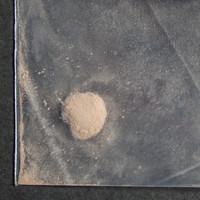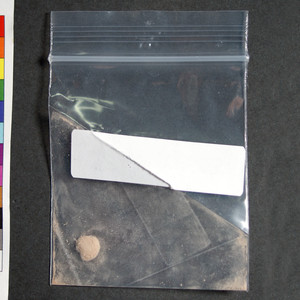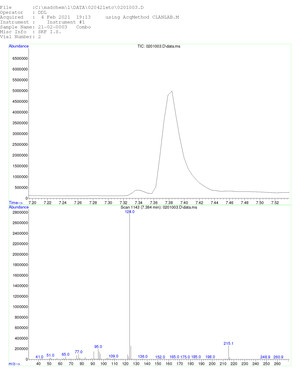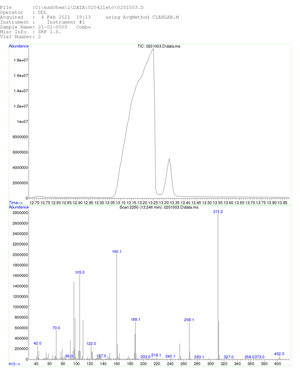New Submissions Are Not Currently Being Accepted
Samples sent after April 10, 2024 will be put on hold.
Viewing desktop version: Switch to Mobile
Heroin/Fen
Sold as: Not Specified
ID: 9811
Sold as: Not Specified
Expected to be: Not Specified





BTNX Fentanyl Test Strip (prior to sending in sample): Positive
March 11, 2021: We have tentatively identified 9811-Unidentified-#2 (300 parts) as Phenethyl-4-Fluoro-4-ANPP. As far as we know, this chemical has never before been identified and is 'new in the literature'. The identification of this substance is based on extremely technical expert analytical chemistry. If you are a senior analytical chemist with expertise in fentanyl synthesis, please contact us to let us know what you think about this identification.
For everyone else in the world, we believe Phenethyl-4-Fluoro-4-ANPP is best thought of as a synthesis byproduct of fentanyl, not intentionally included by the manufacturer, that has no pharmacological effect, meaning it doesn't have any effect in humans at this dose level.
However, this identification must be considered tentative until a reference standard is available for us to compare to. We are publishing this as our tentative identification, although we do not know of any other lab in the world that has identified this substance.
This and other unusual substances detected in opioid and fentanyl samples are possible synthesis byproducts resulting from thermal, oxidative, or lumi (light) breakdown of one of the intermediate substances present during synthesis. Or such chemicals might arise from too much acid or base additions during synthesis.
9811-Unidentified-#1: 1 part
9811-Unidentified-#2: 15 parts